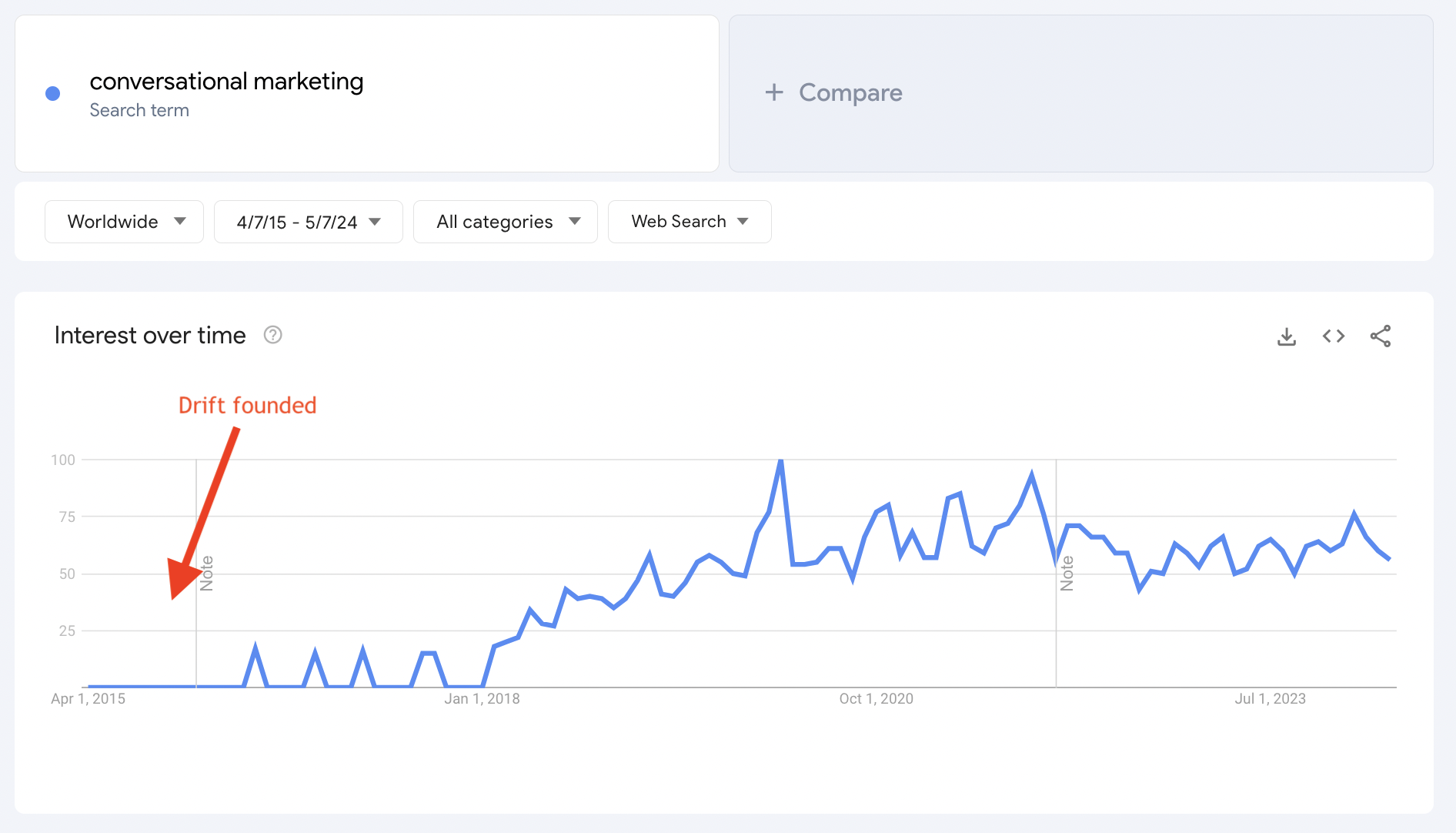3 Types Of PR & SEO Funnels That Will Maximize ConversionsAligning
Aligning your content with media coverage can drive high conversion rates because it influences search behavior and creates a funnel from media to search and through the website.
I’ve seen the best conversion rates and most qualified leads from SEO and content marketing when I coupled it with a digital PR strategy, creating these funnels.
Are SEO and content marketing part of your marketing mix? Do you see low conversion rates? Is your SEO program just failing to achieve business results or simple conversions?
Then, these three ways to optimize funnels can change the success trajectory of your entire program by creating a PR & SEO funnel.
Article overview:
- Integrated digital PR and SEO: Combining digital PR with SEO boosts conversion rates by ensuring consistent messaging that guides customers from media exposure to website engagement and conversion.
- Funnel optimization strategies: I describe three methods to enhance SEO through content: 1.) Branded reports that attract media coverage and drive web traffic. 2.) Guides in new market categories to dominate search rankings and establish market leadership. 3.) Feature articles that trigger brand searches and optimize homepage messaging to convert traffic.
- Success case studies: This article will highlight effective examples like HubSpot’s annual marketing report and Drift’s conversational marketing platform, showing how targeted content and strategic media coverage can significantly increase traffic and conversions. I also mention Sweetgreen’s strategic use of media stories to align with homepage updates that improve brand search funnels.
Before diving into case studies, it’s important to understand why and how digital PR & SEO work together.
Why Create A PR & SEO Funnel
Marq’s Brand Consistency report found that 68% of businesses said brand message consistency contributed to revenue growth by 10% to 20% or more.
Optimizing content for digital PR creates consistent messaging to nudge the audience from the media, through search engines, to specific web pages, and finally to conversion.
The media is at the top of the funnel, and you use media to drive demand and interest in an idea.
For example, create an industry trend report that identifies an opportunity or a major pain point for an audience. Media loves data, so use these reports to gain media coverage.
The coverage then drives searches for keywords your website owns. These can be the company or product brand name, a new concept, or just keywords you dominate for.
Keywords you own create a much higher click-through rate (CTR) than other keywords.
For brand keywords, a site can get up to a 60% CTR. An audience searching for these keywords tends to be more willing to submit an email to get a document or contact.
These are three ways to optimize content that will change the way you do SEO.
1. Branded Reports For Data Shares
Create a funnel from your data by optimizing the report’s name and using it in a digital PR data campaign.
This approach creates a funnel from media through search engines to website conversion by owning your “state of industry” report or creating a study with its own brand name.
The audience will often read about the report in the media, on a blog, or hear about it referenced on a podcast, then search for it in Google or click the report link.
HubSpot and Conductor create two reports that garner some attention.
HubSpot’s State Of Marketing
HubSpot creates a “State of Marketing” report each year that gains a significant number of links and brand mentions.
The report covers a wide range of topics and trends in marketing that can impact marketers’ decisions, ideally affecting everything from how to use AI to which social channels produce the best ROI.
According to Semrush, the report URL generated links from 7,400 referring domains. A quick Google search for the search operator “hubspot” and “state of marketing” –hubspot.com uncovered a significant number of brand mentions in the report.
Brand mentions of the report names can drive the audience to search for the report on Google and then download it from the website. This is a simple but effective funnel.
Conductor’s State Of SEO
Conductor, an enterprise SEO software, has a “State of SEO” report that surveyed over 400 digital marketing, SEO, and content marketing experts to identify actionable insights.
Conductor’s report received a brand mention and a direct link on entrepreneur.com, which can create a click or brand search.
2. Guides In A New Category
This is by far my favorite approach to integrated digital PR & SEO because it can make competition irrelevant.
“Category design” is a strategy that involves creating and leading your own new market category or strategy. This approach involves creating foundational training content to help your audience see and capitalize on the value of your approach.
The foundational content should rank in search engines for the category name, then use digital PR to drive demand and interest in the category.
Drift is a wildly successful example of this strategy.
Conversational Marketing By Drift
I use the Drift example of category design whenever I’m involved in a planning session to identify or design a new category.
Drift is essentially a chatbot. However, the product is marketed as a “conversational marketing” platform. Functionally, it tailors a chat experience on a website based on the stage of the buyer’s journey and qualifies the leads.
Drift created the category “conversational marketing” and positioned the company as a platform for a conversational marketing platform, as you can see from its main navigation.





